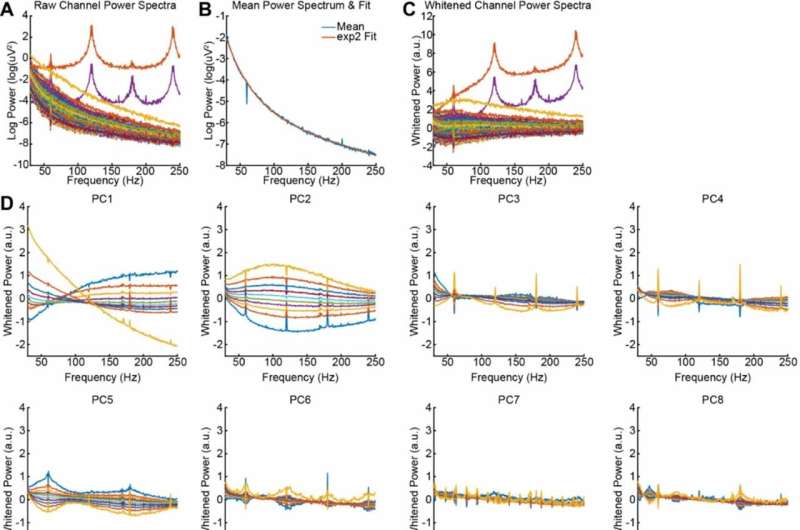This article has been reviewed according to Science X's editorial process and policies. Editors have highlighted the following attributes while ensuring the content's credibility:
fact-checked
peer-reviewed publication
trusted source
proofread
Novel algorithm improves intracranial EEG accuracy to enhance future patient care

Published in the Journal of Neural Engineering, a research team led by the University of Minnesota Medical School has evaluated the reliability of human experts in comparison to an automated algorithm in assessing the quality of intracranial electroencephalography (iEEG) data. This research hopes to pave the way for more accurate and efficient seizure detection and localization, ultimately improving outcomes for epilepsy patients.
iEEG is a procedure that measures brain activity by placing electrodes directly on or inside the brain. This detailed information is crucial for diagnosing and treating conditions like epilepsy, where pinpointing the exact source of seizures is essential for effective treatment.
For this study, the research team enlisted 16 experts, including EEG technologists and fellowship-trained neurologists, to rate 1,440 iEEG channels as "good" or "bad." In this study, good meant recording brain activity and bad meant not recording brain activity. Their evaluations were compared to themselves, each other and against the Automated Bad Channel Detection (ABCD) algorithm, which was developed by the Herman Darrow Human Neuroscience Lab at the University of Minnesota.
The ABCD algorithm demonstrated higher accuracy (95.2%) and better overall performance compared to human raters, particularly in identifying channels with high-frequency noise.
"Our findings highlight potential biases and limitations in human-based EEG assessments. The ABCD algorithm's performance suggests a future where automated methods can aid clinicians in improving the accuracy and efficiency of seizure detection, ultimately enhancing patient care," said Alexander Herman, MD, Ph.D., an assistant professor at the U of M Medical School and attending psychiatrist with M Health Fairview.
This research underscores the potential of automated solutions to enhance the reliability and efficiency of iEEG data interpretation—critical for seizure localization and improved patient outcomes.
"This research demonstrates the potential of automated algorithms to outperform human experts in identifying bad EEG channels. By reducing the workload and variability in assessments, we can focus more on clinical decision-making and patient care," said David Darrow, MD, MPH, an assistant professor at the U of M Medical School and neurosurgeon with M Health Fairview
Future research should aim to refine these automated methods further and explore their application in real-time clinical settings.
More information: Tariq Hattab et al, Assessing expert reliability in determining intracranial EEG channel quality and introducing the automated bad channel detection algorithm, Journal of Neural Engineering (2024). DOI: 10.1088/1741-2552/ad60f6


















